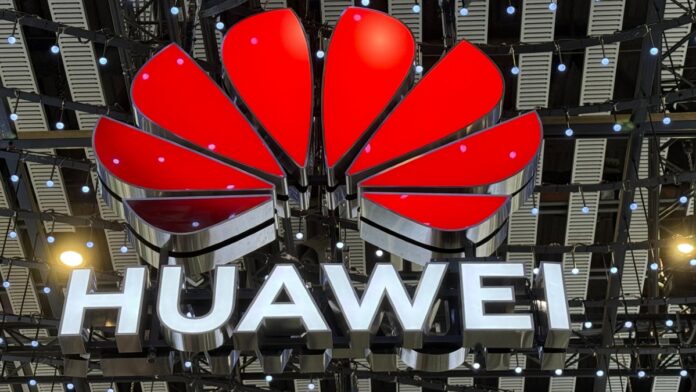AI and 6G may be the strongest wireless industry growth path
Huawei, the Chinese wireless company, continues to be a mixed bag when it comes to its reputation in the United States. However, during their recent keynote at the MWC conference in Shanghai, they outlined a new strategy for growth. Let’s take a closer look at this approach and consider whether it might be copied by wireless competitors around the globe.
Is livestreaming a serious growth area?
One surprise from Huawei’s keynote was its focus on livestreaming as a new area of growth. That’s not something we often hear about in the context of AI, 5G, private wireless, or wireless broadband.
According to Huawei, livestreaming still has plenty of room to grow. And they may be right. The livestreaming market is difficult to size precisely since it overlaps with multiple industries — cloud, streaming, e-commerce and others. Still, it’s a notable shift.
Livestreaming could indeed be one growth avenue for wireless players like Huawei. But will it become a major driver, on par with broadband or private wireless? That remains to be seen.
Some projections estimate that the global livestreaming market could reach $330 billion by 2030. While estimates vary and are subject to change, it’s still a substantial potential target.
This may represent a stronger growth opportunity for small- and mid-sized companies in the livestream space — especially as demand for video and audio content continues rising, fueled by 5G technology.
Huawei bets on AI, HD video push and FTTR for SMEs
In addition to livestreaming, Huawei is targeting other high-value areas: HD video push, AI and fiber-to-the-room (FTTR) for small and medium-sized enterprises (SMEs).
FTTR, paired with AI, could help carriers unlock new value in the small business market and potentially reshape the Wi-Fi landscape as well.
AI: Biggest opportunity in wireless and telecom
That said, the biggest growth opportunity I see in wireless and telecom today is 6G and AI.
AI has the potential to impact — and disrupt — virtually every part of the wireless ecosystem: networks, smartphone and tablet makers, infrastructure builders and even companies just starting to integrate wireless into their operations.
Wireless is a massive industry with many moving parts.
Huawei chairman Eric Xu echoed this vision at MWC Shanghai 2025, urging the industry to evolve, adopt new technology like 5G-Advanced (5G-A) and embrace AI-driven innovation.
Private wireless, wireless broadband: still evolving
Huawei’s growth narrative feels familiar. Think back to the wireless landscape before the iPhone and Android revolution. At the time, BlackBerry dominated and there were only a few hundred apps. Now, with iOS and Android, there are millions.
The wireless industry needs a similar breakthrough today. It must move beyond the maturing traditional wireless model to find new sources of transformational growth.
While private wireless and wireless broadband are growing, they haven’t yet delivered large-scale success for major players.
AI: Next wireless growth wave
That’s why I’m increasingly convinced that AI will drive the next major growth wave in wireless.
Given Huawei’s global influence, it would be wise for other wireless leaders — AT&T, T-Mobile, Verizon, Qualcomm, Ericsson, Nokia and more — to pay attention to what Huawei and others are doing.
With traditional wireless growth slowing, the industry is again searching for new, long-term growth paths—especially to keep investors satisfied.
AI offers exactly that kind of promise. Every CEO in this industry must consider how to use new technologies to both survive and lead.
This is more than just a technical shift. It’s a strategic imperative for every public company in wireless aiming to deliver shareholder value in the years ahead.
Yes, there will be smaller growth waves across livestreaming, FTTR and private networks. But if current trends hold, AI will likely lead the next big wave in wireless and telecom.

